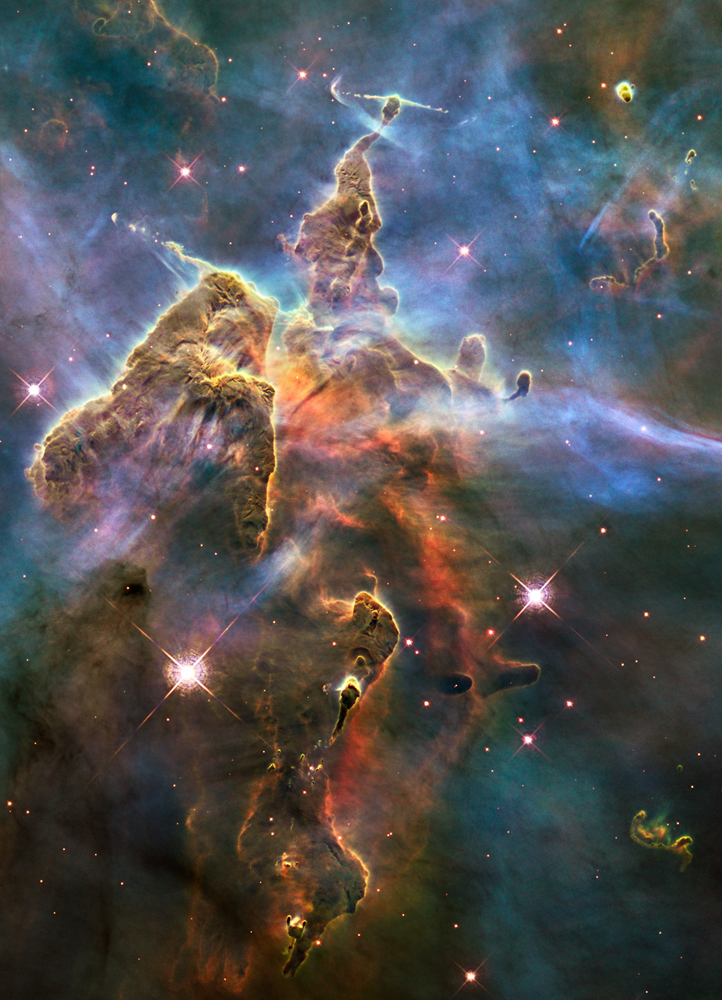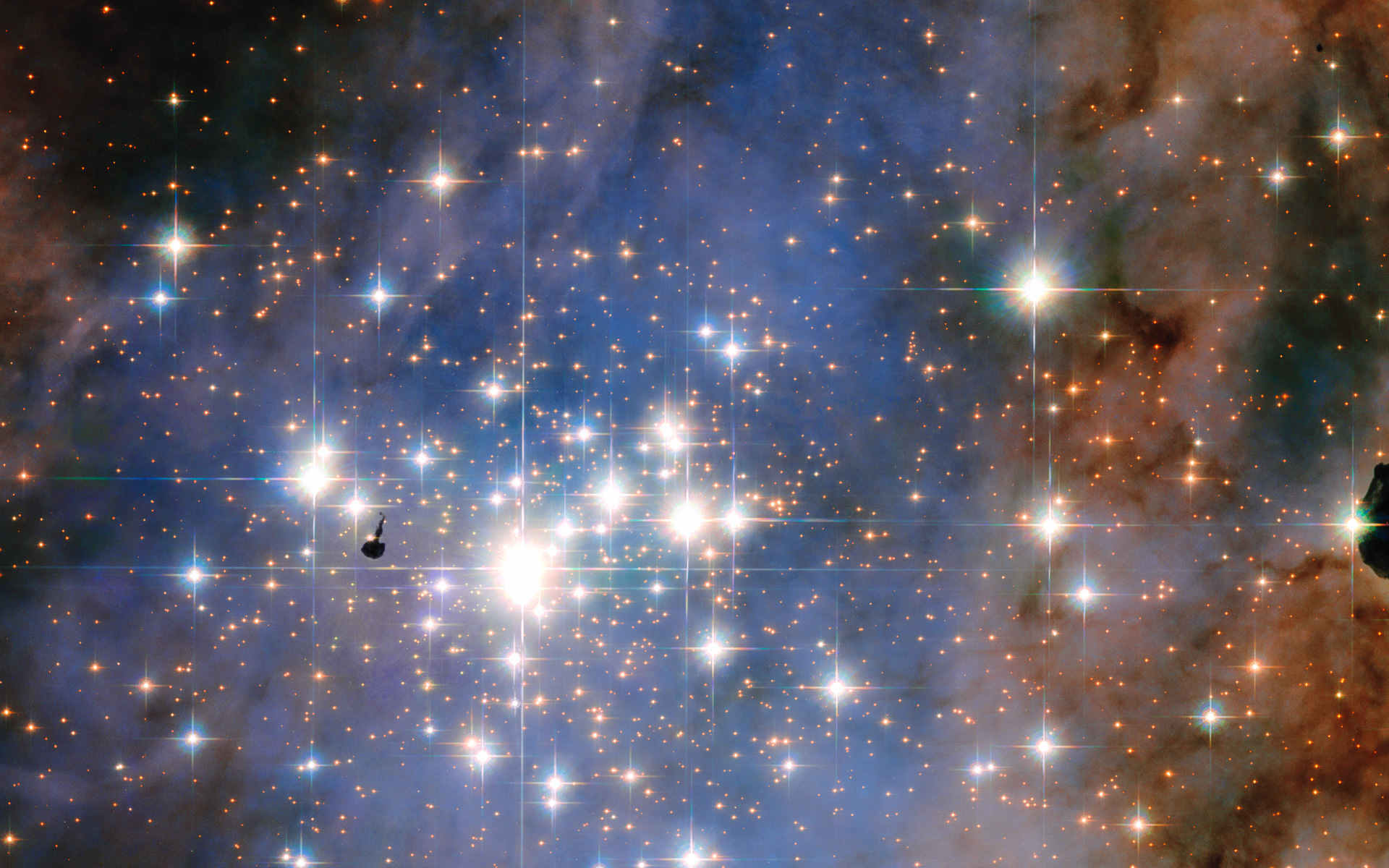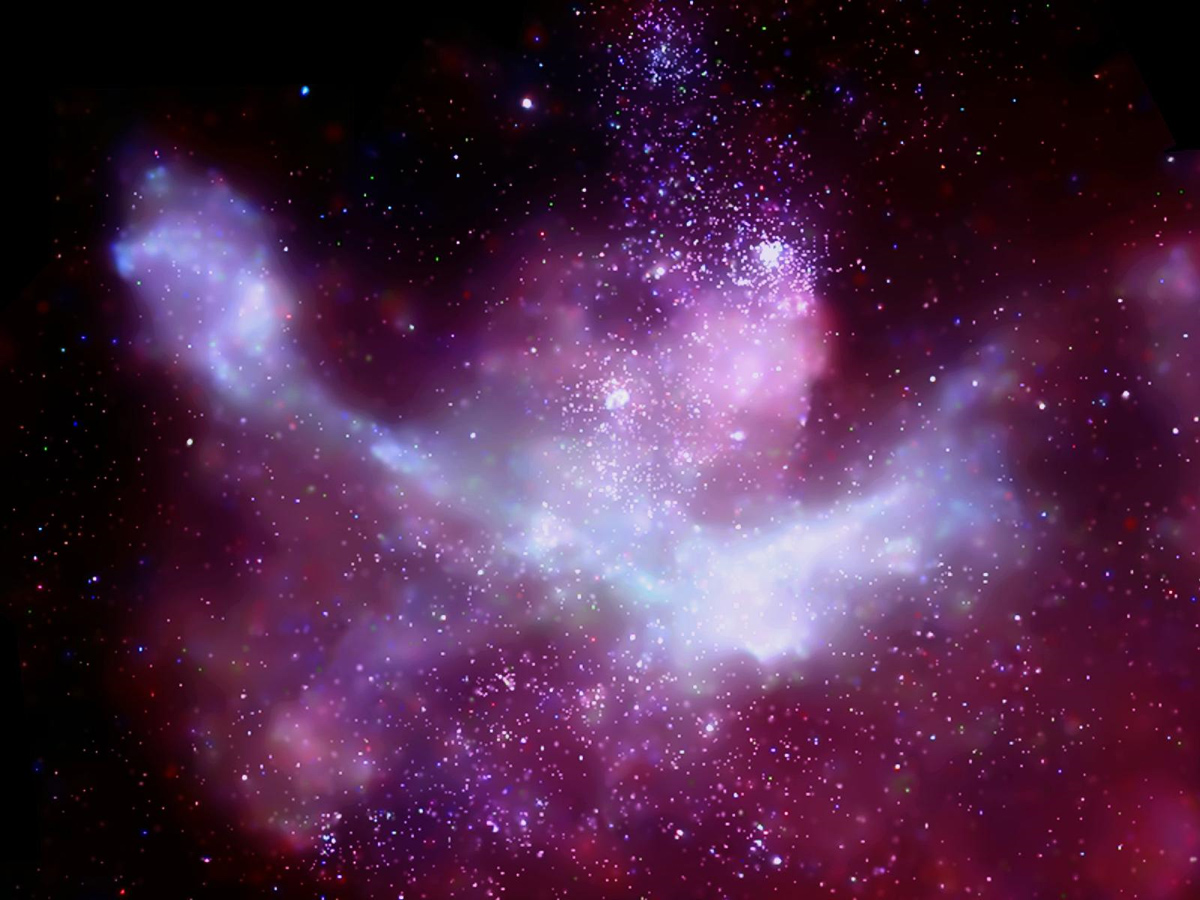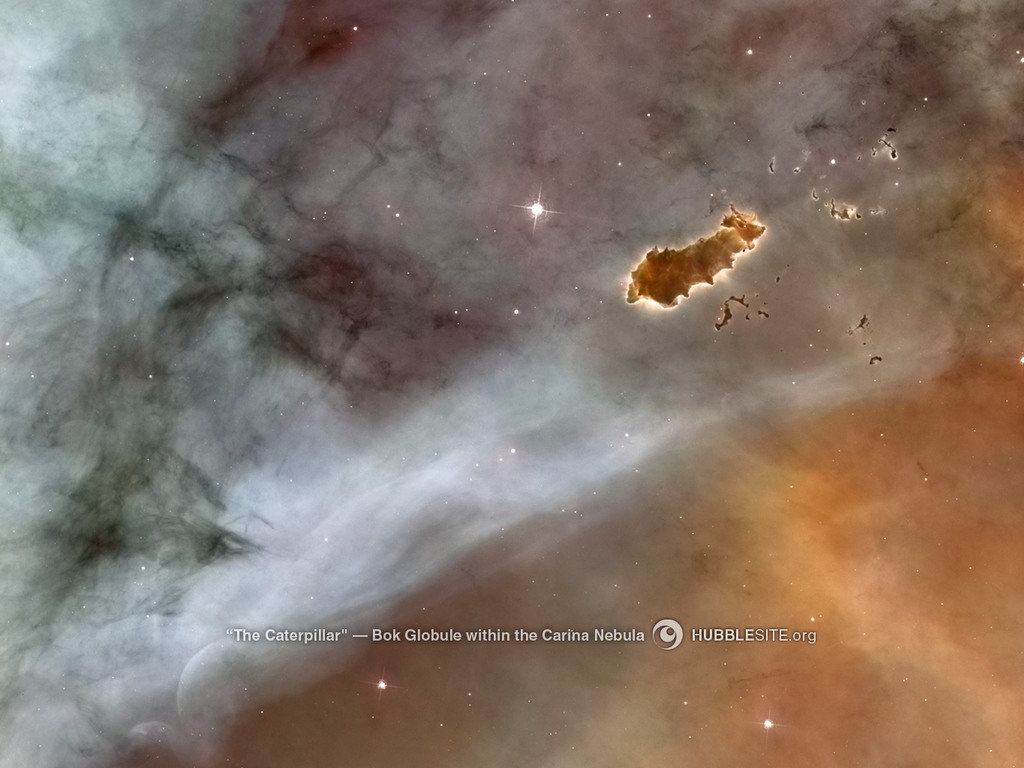Carina Nebula: Amazing Photos of a Colorful Cosmic Cloud
Eta Carina Nebula by Kamble
Astrophotographer Amit Kamble caught the Eta Carina Nebula on Feb. 19, 2015, Kamble is based in Auckland, NZ.
Hubble View of Carina Nebula
NASA's Hubble Space Telescope captured this view of a stellar nursery called the Carina Nebula, which lies 7,500 light-years from Earth, on Feb. 1-2, 2010. [Hubble Telescope Spies Majestic Space Mountains]
Dazzling Diamonds of Trumpler 14
This NASA/ESA Hubble Space Telescope image features the star cluster Trumpler 14 in the Carina Nebula. One of the largest gatherings of hot, massive and bright stars in the Milky Way, this cluster houses some of the most luminous stars in our entire galaxy.
ALMA Panoramic View with Carina Nebula
ESO Photo Ambassador Babak Tafreshi captured this panoramic view of the antennas of the Atacama Large Millimeter/submillimeter Array (ALMA) under the clear sky over the Chajnantor Plateau, in the Chilean Andes. Image released Nov. 11, 2013.
14,000+ Stars
The Carina Nebula is a star-forming region in the Sagittarius-Carina arm of the Milky Way that is 7,500 light years from Earth. NASA's Chandra X-Ray Observatory has detected more than 14,000 stars in the region.
Carina Nebula Seen by Spitzer Telescope
Massive stars can wreak havoc on their surroundings, as can be seen in this view of the Carina nebula from NASA’s Spitzer Space Telescope.
Carina Nebula Imaged by the VLT Survey Telescope
The spectacular star-forming Carina Nebula has been captured in great detail by the VLT Survey Telescope at ESO’s Paranal Observatory. This picture was taken with the help of Sebastián Piñera, President of Chile, during his visit to the observatory on June 5, 2012 and released on the occasion of the new telescope's inauguration in Naples on Dec. 6, 2012.
Breaking space news, the latest updates on rocket launches, skywatching events and more!
The Caterpillar, a Bok Globule in the Carina Nebula
A Bok globule nicknamed the "caterpillar" appears at the right.
Evaporating Blobs of the Carina Nebula
The Great Nebula in Carina itself spans about 30 light years, lies about 7,500 light years away, and can be seen with a small telescope toward the constellation of Keel (Carina).
Carina Nebula Infrared Image from ESO's Very Large Telescope
This panorama of the Carina Nebula, a region of massive star formation in the southern skies, was taken in infrared light using the HAWK-I camera on the European Southern Observatory's Very Large Telescope in Chile and released Feb. 8, 2012. Many previously hidden features, scattered across a spectacular celestial landscape of gas, dust and young stars, have emerged.

Space.com is the premier source of space exploration, innovation and astronomy news, chronicling (and celebrating) humanity's ongoing expansion across the final frontier. Originally founded in 1999, Space.com is, and always has been, the passion of writers and editors who are space fans and also trained journalists. Our current news team consists of Editor-in-Chief Tariq Malik; Editor Hanneke Weitering, Senior Space Writer Mike Wall; Senior Writer Meghan Bartels; Senior Writer Chelsea Gohd, Senior Writer Tereza Pultarova and Staff Writer Alexander Cox, focusing on e-commerce. Senior Producer Steve Spaleta oversees our space videos, with Diana Whitcroft as our Social Media Editor.










